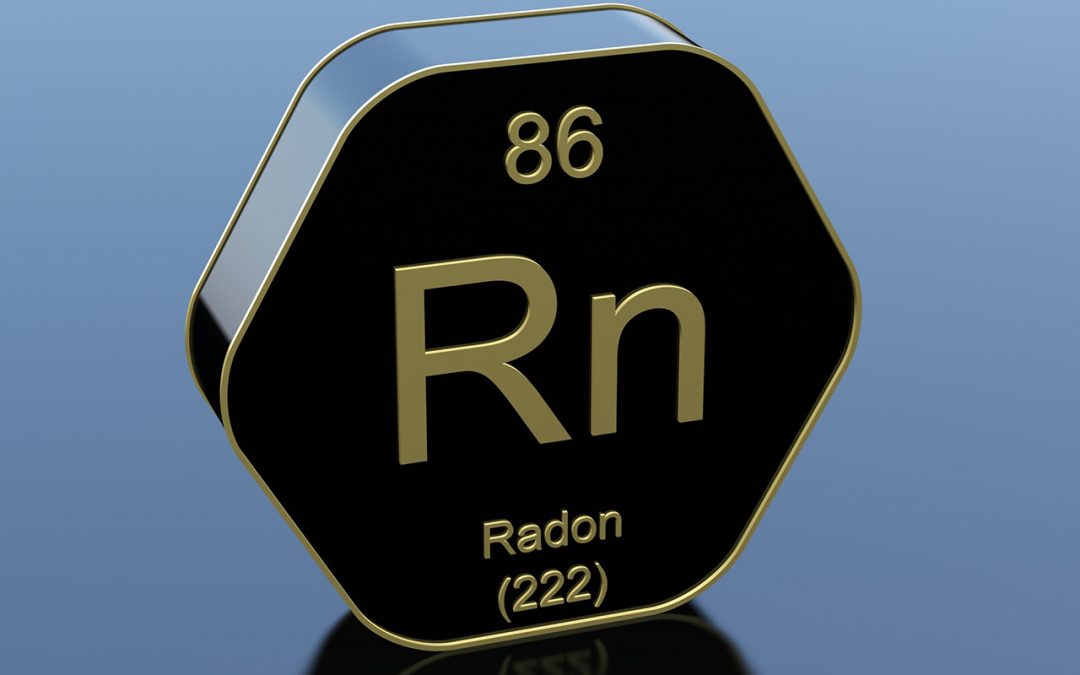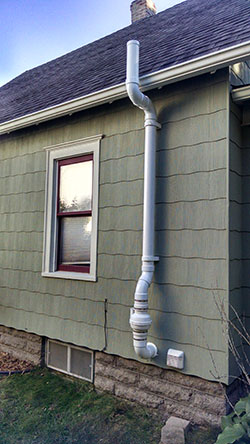United States EPA
Is radon really bad for you?
Breathing radon over time increases your risk of lung cancer. Radon is the second leading cause of lung cancer in the United States. Nationally, the EPA estimates that about 21,000 people die each year from radon-related lung cancer. Only smoking causes more lung cancer deaths.
However, the absolute varieties of radon-induced lung cancers are a lot larger in individuals that smoke, or who have actually smoked in the past, because of a strong mixed result of cigarette smoking as well as radon. In that research, a substantial result (95% CI) was obtained for the Bq/m3 category.
The EPA sets the level of dangerous radon gas exposure at or above 4 pCi/L. If your residence has radon gas levels surpassing this activity degree, it's recommended that you undertake mitigation initiatives to lower exposure. You'll absolutely need mitigation as well as might need a lot more considerable renovations to seal off the resource of the gas if screening exposes a much higher degree.
Is radon mitigation really necessary?
When radon gas enters the body, it exposes the lungs to small amounts of radiation. In small quantities, experts say this is harmless. However, in persistent exposures or larger quantities, radon can damage the cells of the lining of the lungs, increasing a Get more info person's chance of developing lung cancer.
At the time of our documentation (January 2011), Maryland was the only state without any type of radon control program. On top of that, 3 various other states had programs that was composed only of web-based info regarding radon or maps of radon degrees in the state.

- Lung cancer threat climbs 16% per 2.7 pCi/L boost in radon direct exposure.
- Radon gas is a naturally-occurring by-product of the contaminated degeneration of Uranium in the soil.
- Depending upon your geographical place, the radon levels of the air you breathe beyond your residence might be as high as 0.75 pCi/L.
- The national average of outside radon degrees is 0.4 pCi/L and also it is estimated by the National Academy of Sciences that exterior radon levels cause about 800 of the 21,000 radon caused lung cancer fatalities in the United States annually.
- The US EPA has actually placed it clearly, stating, "Any type of radon direct exposure has some danger of creating lung cancer cells.
For example, a person living in a residence with a radon level of 4.0 pCi/L or lower has an approximately 7 in 1000 chance of getting sick. On the other hand, an individual living in a house with a radon degree of 20 pCi/L or higher has a 36 in 1000 opportunity of having lung cancer. The Globe Health Company (THAT) established an activity level of 2.7 pCi/L based upon a three-year worldwide study by greater than 30 noticeable scientists.
Just how harmful is radon gas?
However, when radon gets trapped indoors-- after going into a house via joints in wall surfaces, cellar floors, structures as well as various other openings-- it may focus at harmful degrees. Actually, radon is the second leading source of lung cancer, in charge of an approximated 21,000 deaths each year in the United States, contributing to lung cancer's condition as the # 1 cancer killer. When breathed in right into the lungs, it can harm DNA as well as create lung cancer. The EPA's recommended level for radon reduction is 4.0 pCi/L or above. It is nevertheless a noble gas without any chemical fondness yet is quickly affected by air motions and pressure.

How long does it take for radon to cause cancer?
Fact: You will reduce your risk of lung cancer when you reduce radon levels, even if you've lived with an elevated http://www.folkd.com/ref.php?go=https%3A%2F%2Fradon1.com%2Fthe-new-fuss-about-radon-mitigation-system-cost radon level for a long time. Keep in mind that radon levels below 4 pCi/L still pose some risk and that radon levels can be reduced to 2 pCi/L or below in most homes.